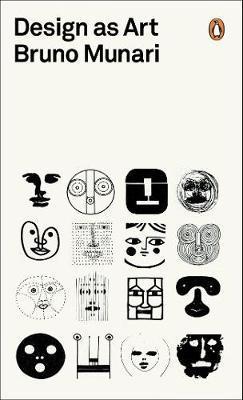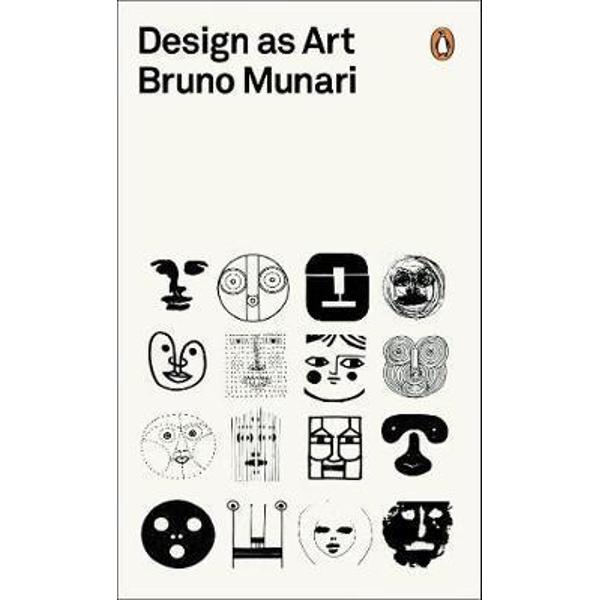Design as Art
Design as Art
An illustrated journey into the artistic possibilities of modern design, by the enfant terrible of Italian art and design for most of the twentieth century A Penguin Classic Bruno Munari was among the most inspirational designers of all time, described by Picasso as "the new Leonardo." Munari insisted that design be beautiful, functional and accessible, and this enlightening and highly entertaining book sets out his ideas about visual, graphic and industrial design and the role it plays in the objects we use everyday. Lamps, road signs, typography, posters, children's books, advertising, cars and chairs--these are just some of the subjects to which he turns his illuminating gaze. Fragment:
"The Useless Machines
PRP: 71.93 Lei
Acesta este Prețul Recomandat de Producător. Prețul de vânzare al produsului este afișat mai jos.
57.54Lei
57.54Lei
71.93 LeiLivrare in 2-4 saptamani
Descrierea produsului
An illustrated journey into the artistic possibilities of modern design, by the enfant terrible of Italian art and design for most of the twentieth century A Penguin Classic Bruno Munari was among the most inspirational designers of all time, described by Picasso as "the new Leonardo." Munari insisted that design be beautiful, functional and accessible, and this enlightening and highly entertaining book sets out his ideas about visual, graphic and industrial design and the role it plays in the objects we use everyday. Lamps, road signs, typography, posters, children's books, advertising, cars and chairs--these are just some of the subjects to which he turns his illuminating gaze. Fragment:
"The Useless Machines
Detaliile produsului













